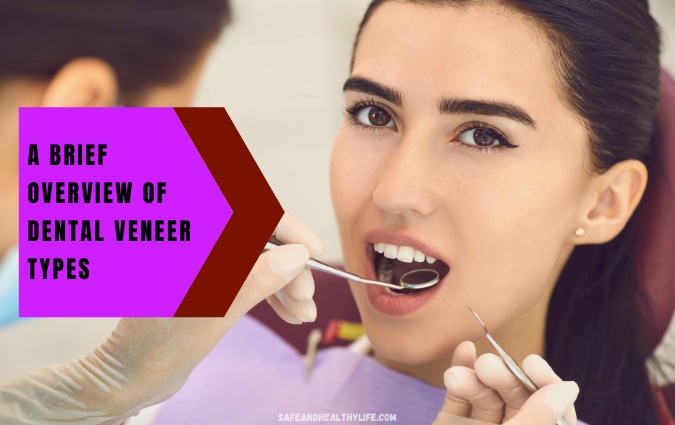
For the uninitiated, veneers are thin, tooth-colored shells attached to problematic teeth, effectively improving their overall appearance.
They are an excellent choice for people who want to fix a chipped or broken tooth, have misshapen or discolored teeth, and want to cover gaps in their teeth.
You can enquire about Veneers from Courtney Dental for an accurate cost estimate, length of treatment, and other details.
For now, here’s a quick guide to the various types of veneers that dentists use all over the world.
Popular types of veneers
No two people will need the same material and number of shells to fix their teeth. That’s because everyone has a different set of teeth with diverse problems.
Nevertheless, below are the most often used varieties by dentists for cosmetic procedures.
- Porcelain
Perhaps the most standard variety anywhere globally, porcelain shells are incredibly versatile, completely custom, and can last up to ten or fifteen years. They are a sought-after choice because of their minimally invasive nature, unlike crowns which fall under fully restorative procedures.
These shells are made of ceramic materials and are stain-resistant. Dentists use opaques if the teeth have severe, dark discolorations, and patients can choose from over fifteen different shades of porcelain shells.
- Composite resin
A popular alternative to porcelain shells, composite veneers are a more economical choice for people on a tight budget. They are made from the same materials used to treat tooth-colored cavity fillings.
They are an ideal same-day treatment option as they can be fabricated pretty quickly. These shells can last approximately between five to seven years and are more conservative than the porcelain ones.
So, if a composite shell happens to chip, dentists can repair the chipped area rather than replacing the whole veneer.
- Removable shells
These are custom-made, non-permanent, and snap-on varieties, costing a lot less than traditional veneers. The upper and lower removable molds are similar to clear aligners and can be removed any time the patient pleases.
Removable shells do not require teeth reduction and may need to be replaced more often than other varieties.
- Palatal veneers
Also referred to as palatal Onlays, these are used to treat or restore posterior teeth. Most often, enamel erosion is caused by severe acid reflux, chronic vomiting, and similar conditions.
Palatal Onlays are the ideal way to restore only the eroded tooth parts in most cases. The treatment does not touch the surrounding area of the affected teeth.
How to care for veneers
Unlike in other more complicated dental procedures, veneer treatments do not warrant an extended recovery period.
Once the shells are cemented and the anesthetics gradually wear off, you can begin chewing with them as you usually would.
However, keep in mind not to accidentally chew your tongue or cheek.
There are a couple of other precautions you can take, such as:
- Never use the teeth to bite open packages made of plastic or other materials.
- Avoid chewing on hard objects with veneers like ice, pens, or fingernails.
- Wear a mouthguard when playing sports.
- Try to avoid using the front teeth to chew. Cut up chocolate bars and similar food for convenience.
- Grinding or clenching your teeth can be potentially damaging to the veneers. So, consider getting a splinter or retainer to protect them.
Taking care of your veneers this way is mandatory. It will ensure you comfortable use and enable them to last longer.
About The Author:
Alison Lurie is a farmer of words in the field of creativity. She is an experienced independent content writer with a demonstrated history of working in the writing and editing industry. She is a multi-niche content chef who loves cooking new things.




